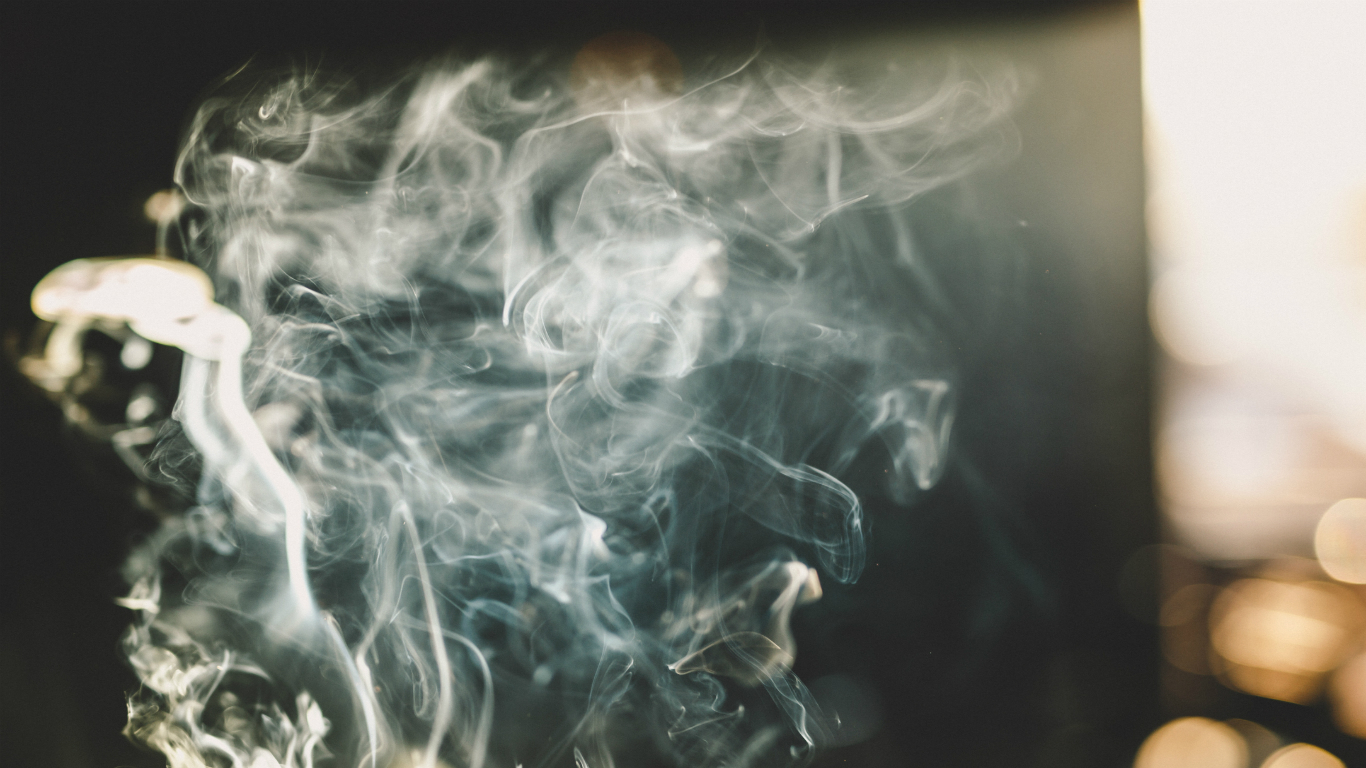By now, presumably almost everybody knows about the dangers of second-hand tobacco smoke: Even if you don’t smoke, being around others who do can be seriously harmful to your health. And of course there has long been ample information available about what happens to your body once you start smoking yourself.
For several years, though, health care providers have also been warning us about the dangers of third-hand smoke — the residual chemicals, including nicotine, that tobacco smoke imparts to indoor surfaces, vehicles, clothing, and hair. These compounds, which are not eliminated by airing out rooms or confining smoking to one area, are present even when the active smoker is long gone.
Third-hand smoke (THS) is known to be potentially carcinogenic. Now, a new study by researchers at the University of California, Riverside, shows that it can alter gene expressions — the processes by which the information contained in genes is put to use — thus damaging cells in the respiratory system.
The study exposed four healthy non-smoking women, aged 27 to 49, to clean air and then to three hours of third-hand smoke exposure. RNA was extracted from nasal scrapes taken from the women after that exposure. Some 382 out of a data set of about 10,000 showed abnormal expression, and inhaling the smoke, however indirectly, also potentially provoked oxidative stress, which might lead to cancer.
In addition, the researchers noted that the affected nasal membrane tissue is similar to bronchial tissue, to cell damage might affect other parts of the respiratory system.
“It’s important that people understand that THS is real and potentially harmful,” said the study leader, Prue Talbot, a professor of cell biology and director of the Stem Cell Center at the university.
Whether first-, second-, or third-hand, tobacco use remains among the most serious public health issues America is facing today.
